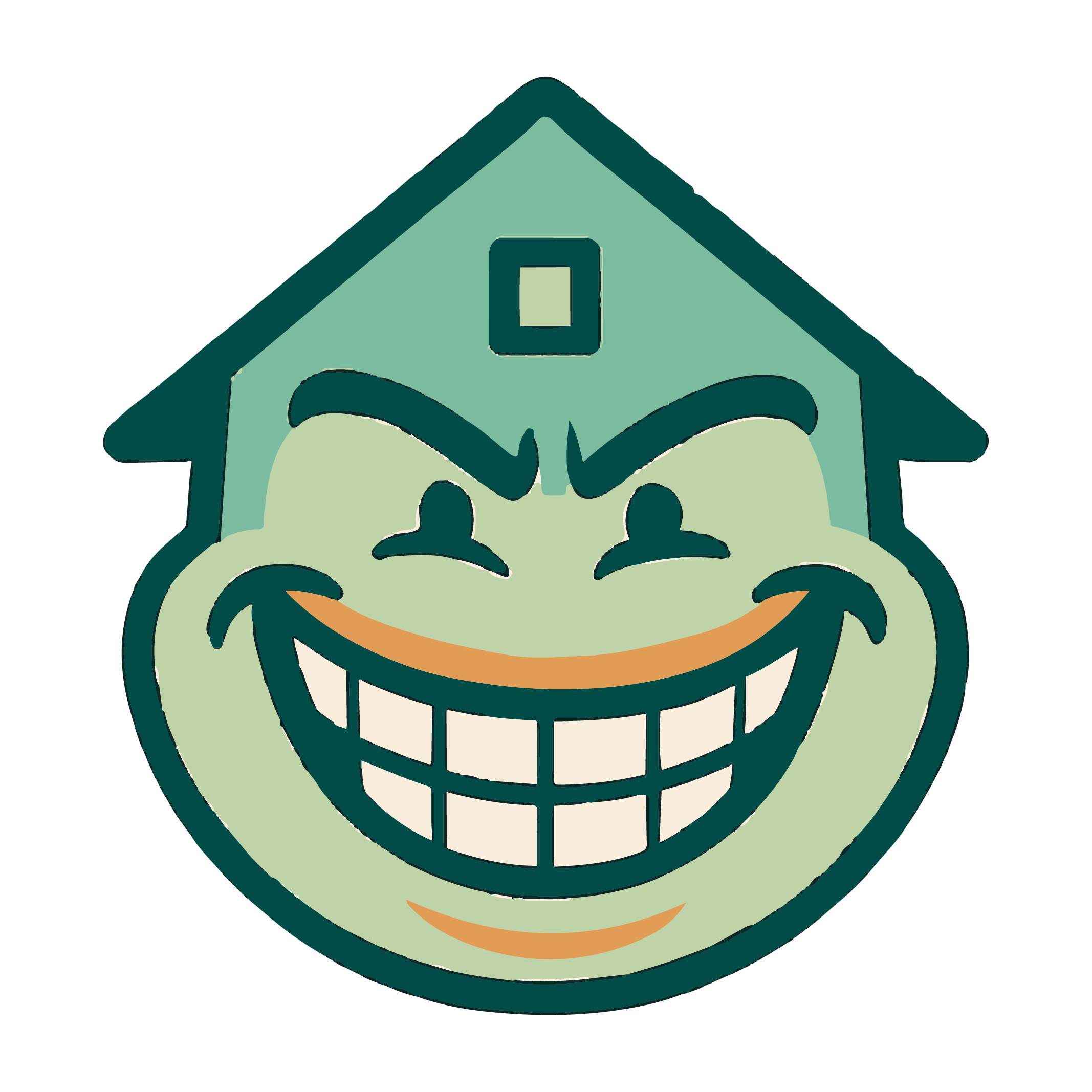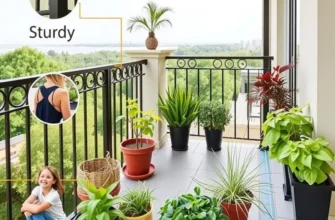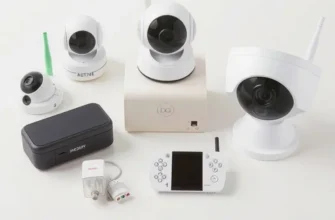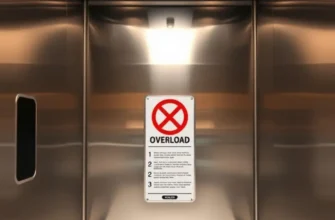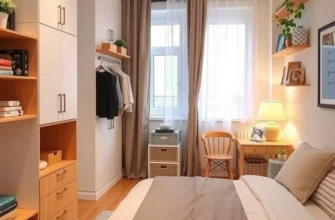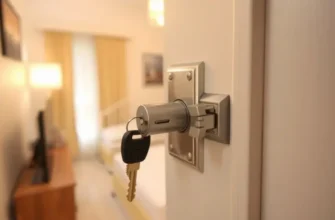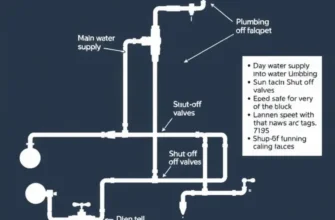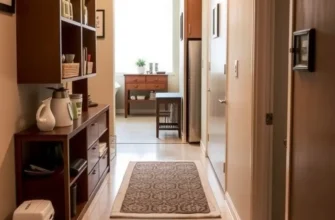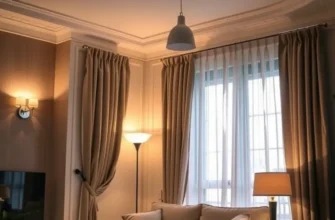Living in an apartment comes with its own unique set of challenges, and roofing issues are high on that list. For renters, a secure and safe living environment is paramount, but unforeseen roofing problems can disrupt this peace, potentially posing safety hazards. Leaks, missing shingles, or structural issues not only threaten the integrity of your living space but can also lead to higher energy bills and extensive damage. Understanding how to identify and address these issues is crucial for any renter. This guide offers practical insights into common roofing problems while emphasizing easy maintenance solutions that ensure a hassle-free living experience. By being informed, you can not only enhance your safety and security but also maintain the value of your apartment for years to come.
Identifying Common Roofing Issues
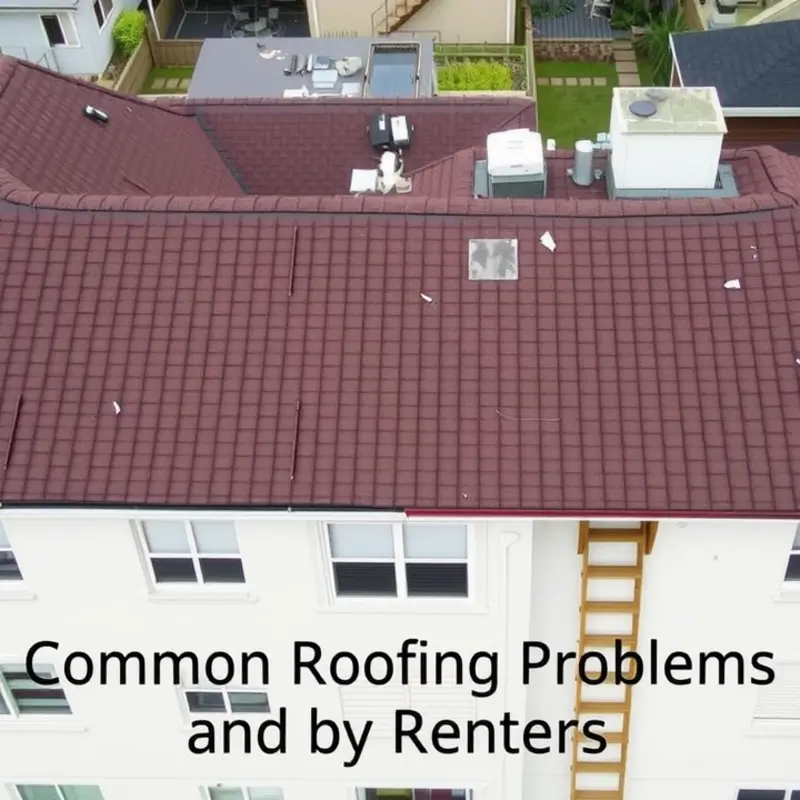
Renters often face roofing problems that, if left unattended, can escalate into severe safety hazards. Recognizing these issues early can prevent significant damage and discomfort. This chapter will guide you on identifying common roofing problems such as water leaks, broken shingles, and mold growth, and offer tips on how to effectively communicate them to your landlord or property management.
One of the most prevalent issues is water leakage. To spot early signs of a leak, look for water stains on walls or ceilings. These stains often appear as discolored patches and might feel damp to the touch. Another indicator is a sudden, musty smell, which can hint at mold growth due to concealed water intrusion. Mold thrives in damp environments and its presence not only damages property but also compromises indoor air quality, posing health risks.
As a precaution, regularly inspect your apartment’s ceiling, especially during heavy rainfall. Report any signs of leakage immediately, emphasizing the urgency to your landlord. Early reporting can prevent ceiling collapse and further water damage to your living space and belongings.
Another common problem is broken or missing shingles, which can expose the underlying structure to weather elements. If you have access to view your roof safely, check for cracked or curled shingles after storms. Such damage can allow water to seep in, worsening the potential for extensive repairs. If direct roof access is unavailable, you might notice granules from shingles collecting in gutters or downspouts; this could indicate shingle deterioration.
Mold growth is another issue frequently linked to poor roofing. The presence of mold points toward inadequate ventilation and moisture problems. Mold often manifests as fuzzy or slimy patches, typically black, green, or white. Mold can also cause allergic reactions so it’s crucial to address suspected infestations promptly. Highlights of mold presence include allergic symptoms like sneezing or skin irritation.
Engaging in proactive communication with your landlord is key. Document all issues thoroughly with photos and written descriptions. Request repairs in writing, ensuring that there’s a record of your correspondence. Regular follow-ups are important if there are delays in response or action. For renters seeking additional guidance, checking resources such as the rental emergency response guide can provide useful information on dealing with urgent roofing concerns.
In summary, understanding and identifying common roofing issues empowers you as a renter to take timely actions. By recognizing signs of problems like leaks, broken shingles, and mold, and effectively communicating these to your landlord, you ensure a safe and comfortable living environment. Stay vigilant and prioritize safety to enjoy peace of mind in your home.
Maintenance Tips for Renters
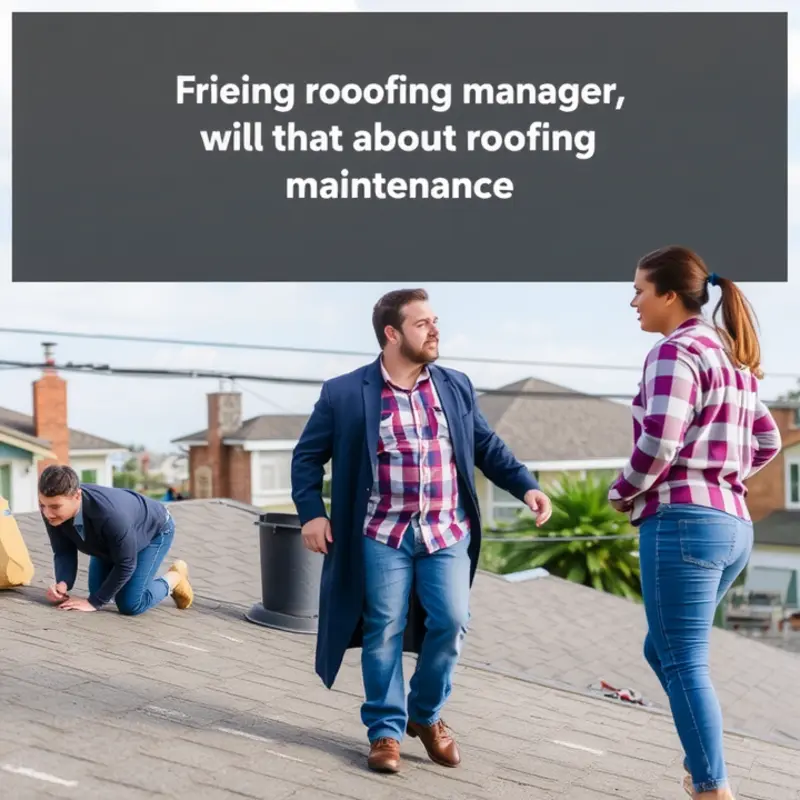
Proactively engaging in maintenance activities can significantly reduce the likelihood of encountering roofing issues in your apartment. By addressing minor concerns before they escalate, renters can maintain a safe and comfortable living environment. This chapter will delve into practical steps renters can take to support the longevity and integrity of their apartment roofs.
To begin, ensure proper drainage on your apartment roof. This means routinely checking for any debris or obstructions that might impede water flow. Even if you can’t access the roof directly, you can verify that drainage pipes outside your window are unobstructed. Clogged drains can lead to water pooling, which may result in roof leaks and structural damage over time. Simple tools, like a broom or a garden hose, can be helpful in clearing any visible debris.
Keeping gutters clear is another vital task. Gutters play a significant role in directing water away from the building. If you notice overflowing water during rain, it might indicate clogged gutters. As a renter, you can discuss this issue with your property management. An effective way to prompt action is by providing visual evidence of blockages. Documenting any visible problem areas with photos can make communication more productive and lead to quicker rectification.
Regular roof inspections, at least twice a year, are essential. While renters may not be able to perform a detailed inspection themselves, they can urge property management to hire professionals for a thorough evaluation. Inquiring about the last inspection date and requesting an update can highlight your commitment to maintaining the property.
Additionally, informing the property manager about any visible symptoms of roofing issues, such as water stains on the ceiling or walls, can prevent further deterioration. Prompt communication not only enhances your living conditions but also protects property values. Understanding your rental property safety responsibilities can further reinforce your partnership with management.
Effective communication with property management is crucial for timely resolutions. When reporting issues, be clear and concise about the concerns. Keep records of your communications, dates, and responses received. This establishes a documented history, which can be invaluable in addressing unresolved matters, particularly if they require urgent attention.
By proactively engaging in maintenance tasks, renters not only protect their immediate living environment but also contribute to the broader upkeep and safety of the entire building. Being knowledgeable about these aspects empowers renters to play an active role in their housing care, ensuring they have a safe and comfortable place to call home.
Final words
Being informed about apartment roofing issues can empower renters to maintain their living spaces effectively and enhance their overall safety. Recognizing early signs of trouble and taking proactive steps can save time, money, and stress in the long run. Remember, open communication with your landlord or property management is key to resolving any concerns promptly. By following the tips outlined in this guide, you can enjoy a secure and well-maintained apartment, giving you peace of mind in your current living situation.
